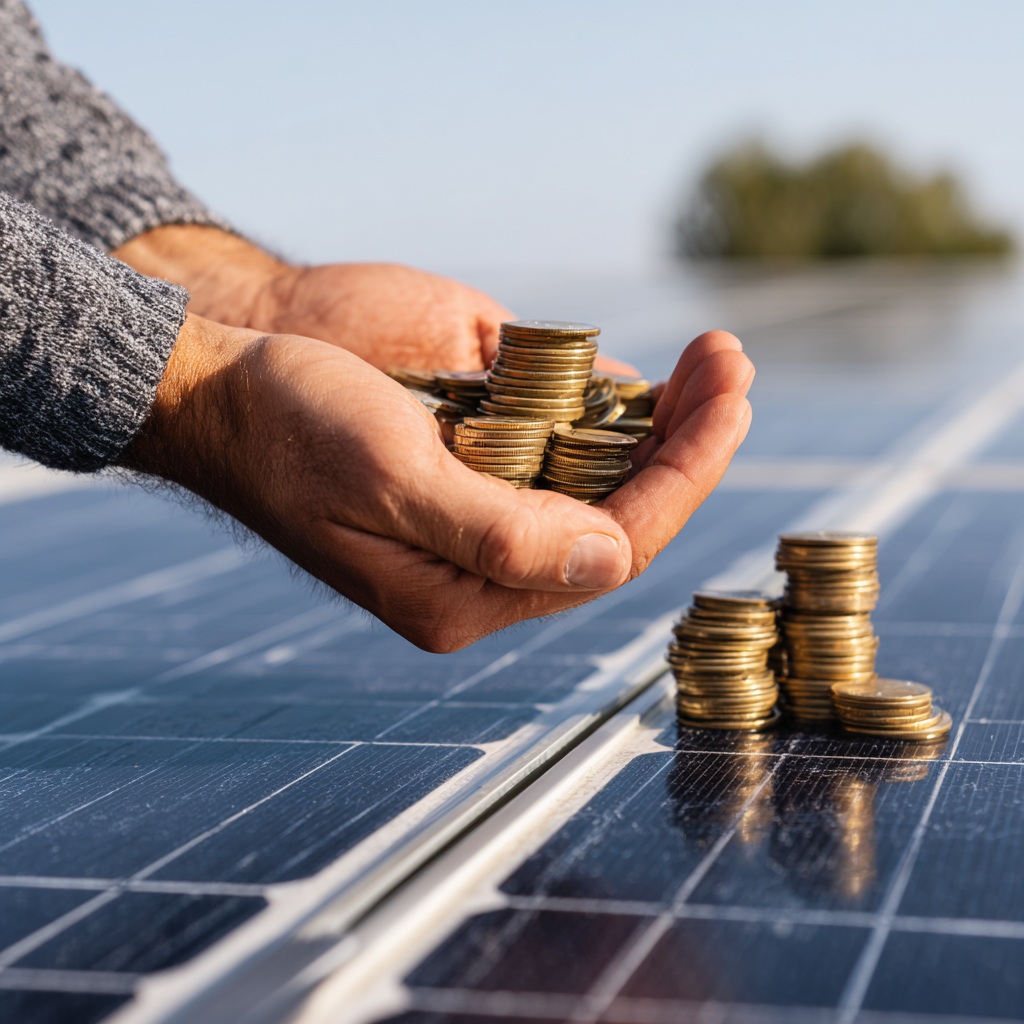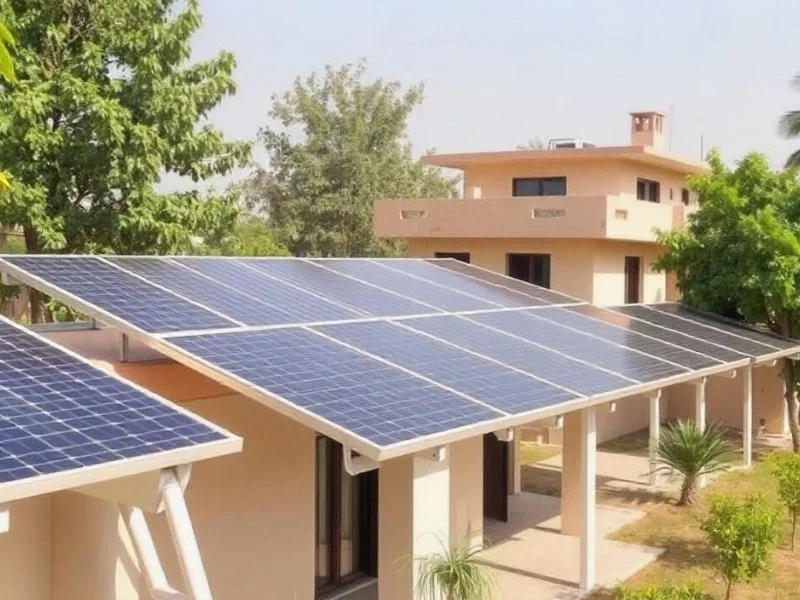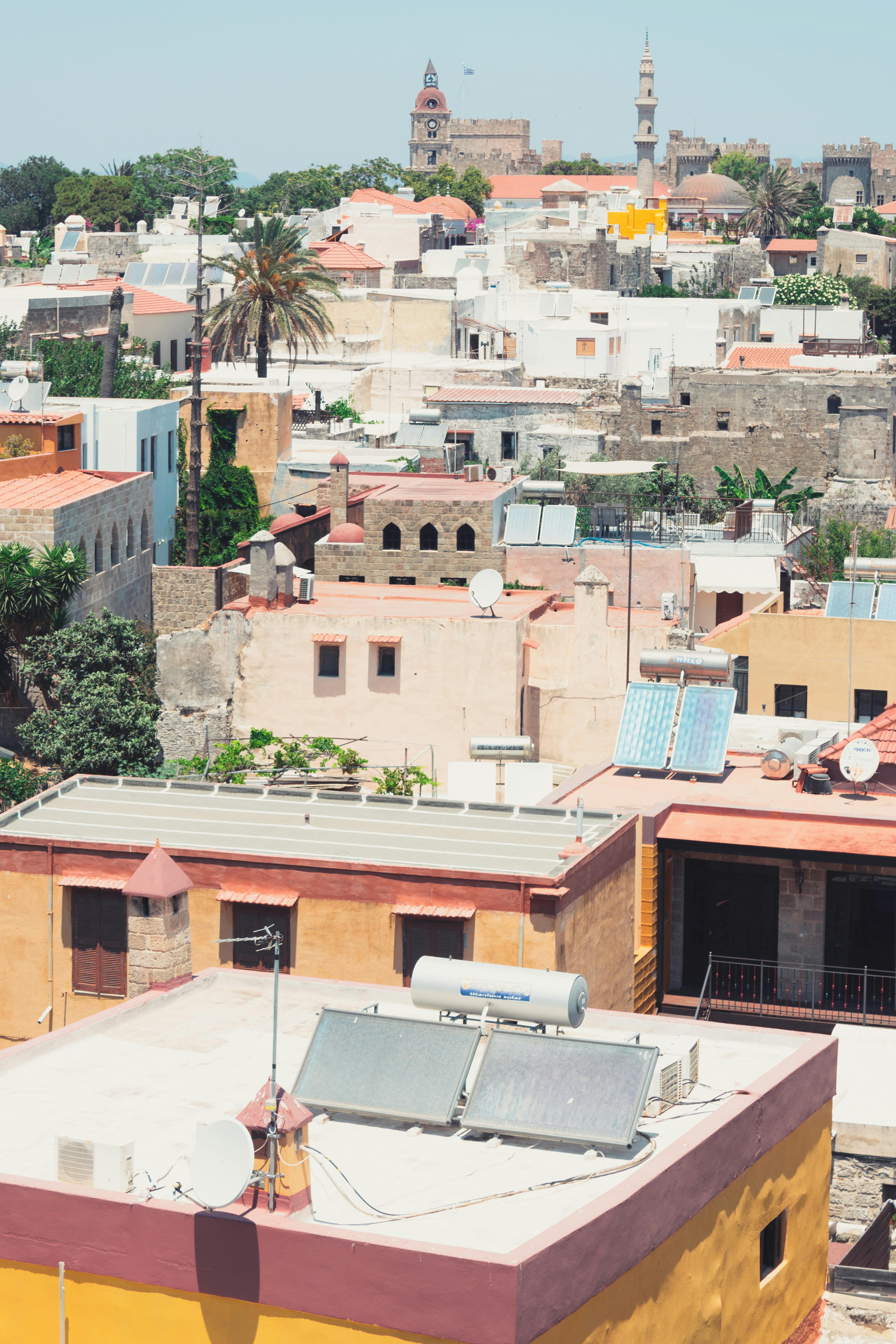India has witnessed a silent yet significant transition from conventional energy sources to solar power. Owing to it’s energy independence, long-term cost savings, and decreased carbon impact, solar rooftops are becoming increasingly popular among homeowners, businesses, and farmers alike. But let's be honest, while switching to solar energy brings long-term savings, the initial installation costs can be expensive. The good news is that there are multiple solar financing options available. From MSME solar loan schemes to low-interest solar finance options, solar EPC financing can help you manage these expenses and enjoy the benefits sooner than you think.
Why Must EPCs Master Solar Financing?
Before we dive into the financing options, let's understand why every EPC should know them. When it comes to switching to solar, the greatest obstacle customers face is finances, not motivation. While self-financing is the easiest route, not everyone can afford it. In fact, the lack of EPC finance for solar could potentially be a dealbreaker.
By offering clear, accessible financing options, EPCs empower customers to adopt solar confidently. As an EPC, when you offer deeper insights into how reverse factoring, working capital for solar projects, or financing options work, your clientele is likely to enjoy a seamless transition. This also strengthens your credibility as an EPC partner.
Top Solar Financing Options for EPCs
To make an informed decision, it’s important to understand every finance option in detail. So, let's take a look at the most practical EPC finance options that can make solar accessible to all.
1. Solar Loans:
Solar rooftop loans from trusted national banks or Non-Banking Financial Companies (NBFCs) are the most common and convenient way to go about it. They offer financing up to ₹10 lakhs, a flexible tenure of 12 to 60 months, and it may be collateral-free for certain categories.
The approval process is usually quick, with EPC assistance reducing the burden of the system installation cost. Solar loans for EPC companies work best for MSMEs, homeowners, and farmers. And while solar loans do not directly provide a tax exemption, the interest and principal paid on them can be used to claim tax benefits or deductions.
2. Solar Energy Leases:
Under this arrangement, a third-party company installs and owns the solar panel system on your property. You pay a fixed monthly lease fee to use the energy generated, while the leasing company handles all maintenance.
This model is ideal for businesses or institutions that want to lower energy costs without dealing with system ownership or upkeep. When comparing solar lease vs loan, customers often prefer loans because leasing agreements have a longer tenure (10 - 25 years). Additionally, leases offer limited depreciation benefits and are rarely available for residential or small MSME users as of now.
3. Power Purchase Agreement (PPA):
A Power Purchase Agreement is very similar to a lease; what changes is the cost you pay and to whom you pay it. Under a PPA, instead of a third party, the developer installs and maintains the solar system on your property. You only pay for the electricity you use, usually at a fixed rate lower than your utility bill.
The advantage of this solar EPC financing model? Immediate monthly savings on energy bills, with no capital or installation costs, and maintenance is entirely outsourced. Large commercial users and residential complexes with sufficient rooftop space and steady power needs are well-suited for this EPC finance model. The only drawback is that PPAs, like solar leases, aren't eligible for tax breaks and incentives.
4. Government solar subsidies & financing:
The Ministry of New and Renewable Energy (MNRE) offers several subsidy schemes for solar EPCs under its rooftop solar program. Additionally, state DISCOMs (Distribution Companies) have their own incentive structures for installing rooftop PV systems.
Currently, there’s a 40% subsidy on benchmark capital costs for units of up to 3 kW capacity and 20% for larger units up to 10 kW. These subsidies can be combined with solar rooftop loans or low-interest solar finance options to enhance affordability. Because the process can be documentation-heavy and time-consuming, partnering with authorized EPCs can simplify the journey.
Choosing the Right Solar EPC Financing Model:
Which financing option suits you the best can be determined by your personal or business needs, preferences, and cash flows. Whether you are opting for government solar subsidies or a solar loan, compare offers carefully, check for hidden costs, and understand repayment terms before making an agreement. With the right guidance, and transparent communication, solar energy can be both a financially beneficial and sustainable investment for businesses and homeowners alike.
Final Words
Evidently, solar financing options have made the switch to clean energy easier and more affordable than before. So why wait? Take the first step toward a brighter, cost-efficient future by exploring solar rooftop financing today.
If you’re planning to invest in premium solar panels or simply want to understand how solar loans work, explore how Aerem can help. Our team will guide you every step of the way and ensure your solar financing journey is hassle-free, transparent, and truly rewarding.

.webp)
.webp)
.webp)



.jpg)





.jpg)





.jpeg)












.jpg)


.png)
.png)
.png)
.png)
.png)
.png)


.png)


.jpg)
